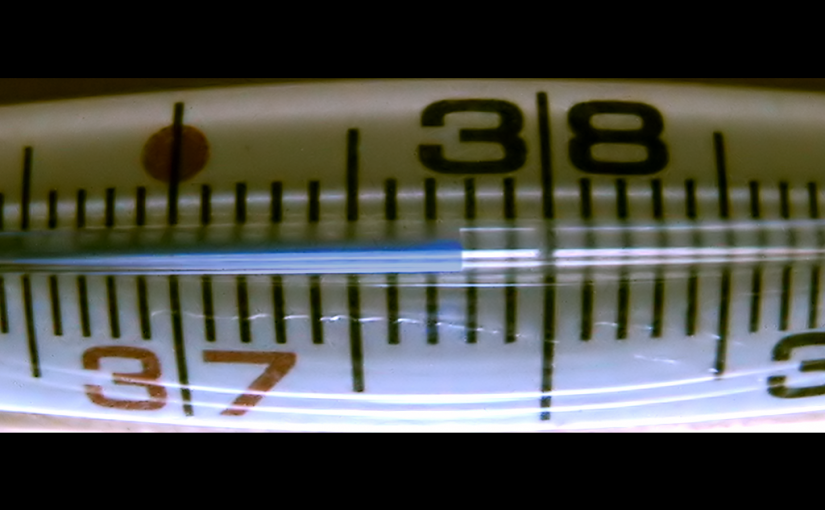Fevers are miserable. Just moving takes effort, you lie in bed either too hot or too cold, and you may feel dizzy and clammy but fevers also have a purpose. They are your body’s way of fighting infection. Fevers are a sign your body’s immune system is working as it should. However a fever can get out of control if untreated, and can even become high enough to require medical treatment to avoid damage to your brain and other vital organs. It can be difficult, however, to know when to seek medical help for a high fever. In this article, we will discuss the warning signs of an overly high fever as well as when it is appropriate to seek help, information which could save your life or the life of a loved one.
High Fevers
If you or a loved one has a fever that is 103 degrees Fahrenheit (39.3 degrees Celsius) or higher, then calling a doctor is necessary. A fever that high can begin to do damage to the brain and other organs. The human body was never designed to maintain that high of a temperature and if the temperature stays that elevated for too long, the cells will start to die. Going to an emergency room can allow doctors to monitor the body temperature and administer medications or employ other means to bring the temperature down and stabilize it so that you can recover.
Fever Lasting More Than Seven Days
A fever is part of a viral infection generally and will go away on its own. However, if you or a loved one has a fever lasting more than a week, it is time to seek medical help. Any fever is a strain on the vital organs. The longer the fever goes on, the worse the strain. An added concern is that the illness causing the fever may be more severe than previously thought and that prescription medication may be needed to treat it.
Worsening Symptoms
If you or a loved one has a fever above 103 degrees Fahrenheit (39.3 degrees Celsius) that is steadily climbing toward 104 degrees Fahrenheit (39.4 degrees Celsius) then it is necessary to go to a hospital’s emergency department right away. A fever that high carries a large risk of damage, especially to the brain. Furthermore, a fever of 107 degrees Fahrenheit is likely to be fatal. Immediate measures are needed at this point to discover the cause of the fever and cool the person down before lasting damage is done.
Fevers are a natural part of most viral infections. They are the body’s attempt to fight off the virus causing the infection, which causes the core temperature to rise. However, a fever can also be deadly. It is imperative that you know when to seek help for a fever for the sake of both you and your loved ones. Knowing this information and remembering it could literally save a life. Share this information with everyone you know. The life you save could be your own.

Leave a Reply
You must be logged in to post a comment.